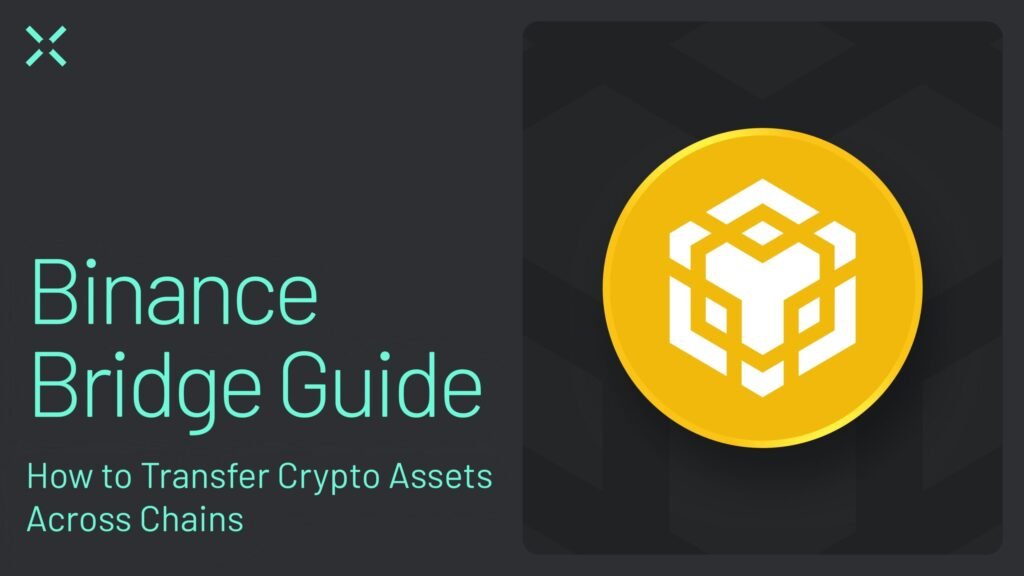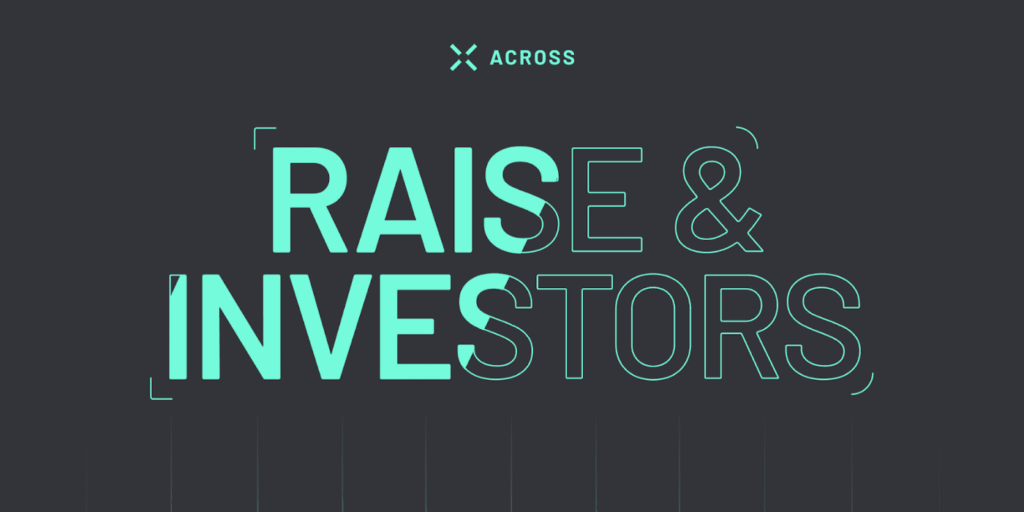Top 10 Cross-Chain: The blockchain world in 2025 is no longer about isolated chains. Instead, it thrives on connectivity — a reality shaped by the top 10 cross-chain bridges and interoperability protocols. These solutions enable tokens, NFTs, and even smart contracts to move across ecosystems that once operated in silos.
For DeFi, interoperability ensures liquidity flows freely between platforms. For NFT markets, it allows creators and collectors to expand beyond a single chain. For gaming and enterprise use, bridges provide the infrastructure to scale across networks like Ethereum, Solana, and BNB Chain.
This article reviews the top 10 cross-chain bridges in 2025, examining how each solution contributes to making Web3 truly multi-chain.

Source: Coinbay
Portal Bridge, built on Wormhole, remains one of the most widely recognized interoperability protocols. It supports transfers between Ethereum, Solana, BNB Chain, Avalanche, and more, offering not only token bridging but also NFT transfers and liquidity sharing.
Its broad reach has made it a cornerstone of DeFi and NFT adoption in 2025. While Wormhole has dealt with security incidents in the past, continuous audits and institutional partnerships have reinforced its position as a trusted multi-chain connector.
2. Binance Bridge

Source: Across
Binance Bridge provides a simple path between BNB Smart Chain and other networks. Its advantage is clear: deep liquidity, low fees, and direct wallet integration with Binance Exchange.
Although its centralized nature has sparked debate, its ease of use has secured massive adoption among retail traders. By 2025, Binance Bridge continues to rank as one of the most heavily used blockchain bridges worldwide.
3. Avalanche Bridge (AB)
Avalanche Bridge specializes in Ethereum–Avalanche transfers. It’s favored for speed, cost efficiency, and advanced security features.
NFT creators and game developers frequently rely on AB for fast transfers, while institutions appreciate its robustness for tokenized assets. By 2025, Avalanche Bridge has become a critical part of the Avalanche ecosystem’s expansion.
4. Synapse Protocol

Source: Bitkan
Synapse Protocol goes beyond being a bridge, operating as a liquidity and messaging network. It supports stablecoin transfers, AMM swaps, and L2 connectivity across Arbitrum, Optimism, and Base.
Its combination of functionality and scale makes it one of the most flexible solutions in 2025. Many DeFi users prefer Synapse for quick, reliable swaps across Layer-2 environments.
5. Symbiosis Finance

Source: P0x
Symbiosis Finance offers one-click multi-chain swaps, making interoperability seamless even for non-technical users. With governance driven by tokenomics, the protocol emphasizes community participation.
In 2025, Symbiosis has expanded through partnerships with major DeFi projects, positioning itself as a unifying layer for multi-chain liquidity and user-friendly swaps.
6. Across Protocol

Source : NFT GATORS
Across focuses on Ethereum Layer-2 bridging, using an instant liquidity provider model. This ensures low fees and fast execution, while liquidity providers are compensated later.
Its design is efficient and DeFi-native, with strong adoption in aggregators. Across has become the hidden infrastructure powering many L2-to-L2 transfers in 2025.
7. Allbridge

Source : Medium
Allbridge connects a wide range of EVM and non-EVM blockchains, including Solana, Polygon, and Tron. This broad coverage fills gaps often overlooked by more specialized protocols.
In 2025, Allbridge continues to serve users who need interoperability beyond the most popular networks, especially for stablecoin transfers and niche ecosystems.
8. Orbiter Finance
Orbiter Finance is built for Ethereum Layer-2 networks such as Arbitrum, Optimism, zkSync, and StarkNet. It prioritizes fast and low-cost transfers while offering developer-friendly tools.
By 2025, Orbiter is widely used by advanced Ethereum users and developers building L2-centric applications. Its community-driven model keeps it relevant in the fast-growing L2 space.
9. Jumper Exchange (by LI.FI)

Source: Rootstock
Instead of being a single bridge, Jumper Exchange aggregates multiple interoperability protocols. It automatically finds the best route for fees, speed, and liquidity, simplifying cross-chain swaps.
This “meta-bridge” model has become increasingly popular in 2025, particularly for traders and DeFi platforms that require optimized efficiency without manual selection.
10. Top 10 Cross-Chain : Retro Bridge (Matcha Cross-Chain)

Source: Matcha
Retro Bridge, tied to Matcha’s DeFi aggregator heritage, focuses on cross-chain swaps with strong liquidity routing. While newer compared to giants like Wormhole, it offers competitive liquidity advantages.
Its role in 2025 is to serve DeFi users looking for efficient token swaps across multiple ecosystems without sacrificing liquidity depth.
Comparative Analysis- Top 10 Cross-Chain
Each bridge excels in different areas:
- Security: Portal (Wormhole) and Synapse lead with audits, while Binance Bridge relies on trust in centralization.
- Speed: Avalanche Bridge and Orbiter Finance stand out for low latency.
- Adoption: Binance Bridge dominates retail; Across and Synapse anchor DeFi.
- Innovation: Jumper Exchange highlights the rise of aggregator-driven interoperability.
Future Outlook – Top 10 Cross-Chain
Cross-chain bridges are evolving into full interoperability layers. Instead of just moving assets, protocols are expanding into cross-chain messaging, modular chain support, and enterprise-grade compliance.
By 2025 and beyond, interoperability will likely be less visible to users, operating quietly in the background of dApps, games, and institutional platforms. Risks like hacks and regulatory changes remain, but the demand for seamless connectivity will only grow stronger.
Conclusion – Top 10 Cross-Chain
The top 10 cross-chain bridges and interoperability protocols in 2025 showcase how Web3 is breaking down barriers between blockchains. From Wormhole’s wide coverage to Across and Orbiter’s L2 specialization, each plays a role in shaping a more connected ecosystem.
As DeFi, NFTs, and gaming expand, bridges are no longer optional tools — they are the backbone of multi-chain Web3 adoption. The next phase of blockchain will be defined not by isolated networks, but by how seamlessly they work together.



